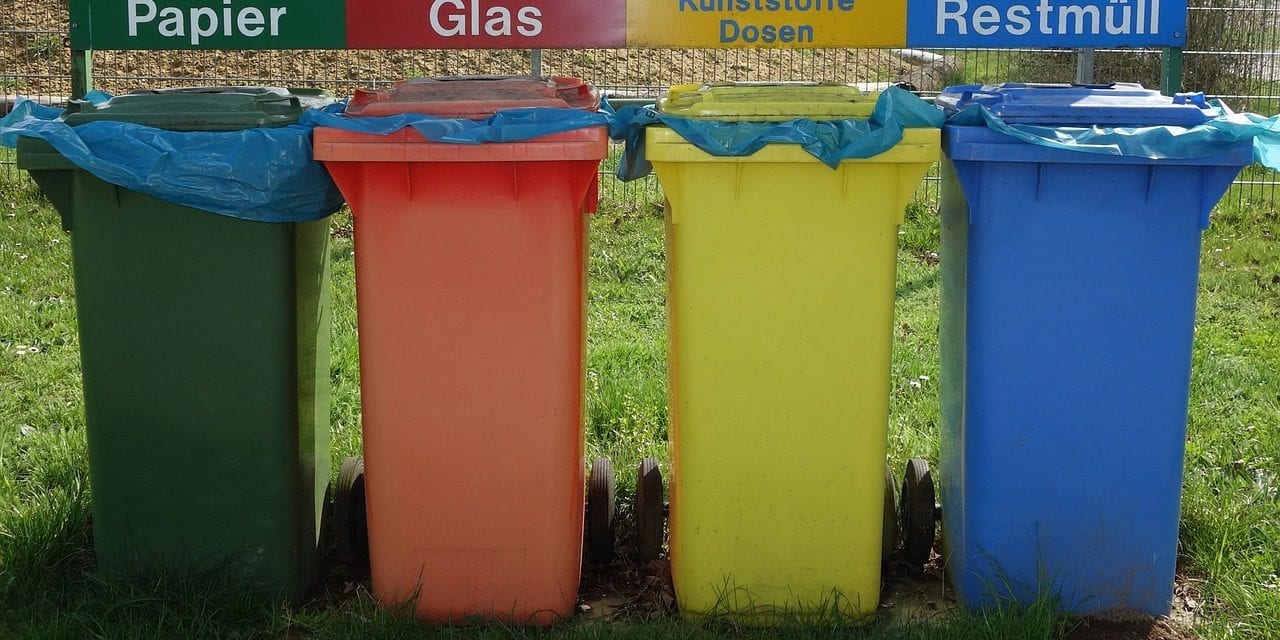When you have been creating quality content for your website or blog for a while, I am sure you can think back to some really outstanding pieces of work that you have produced that you can be particularly proud of, or that really clicked with your readers and sparked off a lot of conversation.
Quite often we have written a post or two that are actually quite evergreen in nature, and could be interesting and informative to read all year-round. You know, those sort of posts that you know your readers would benefit from regardless of how long ago you wrote it.
I don’t know if you feel the same as me, but sometimes I feel like I am working on a hamster wheel – constantly churning out fresh and new content, with hardly a glance back behind me as I plough on.
Don’t you think that we deserve to give ourselves a break sometimes by re-visiting our previous work? Especially if we have produced some timeless gems that deserve to be read by new visitors to our website or blog. I bet you can think of one or two posts of your own, right?
Blog post mechanics are against us
The way our blogs are built does not help new visitors to discover our older evergreen posts. Our blog roll will only list our most recent posts, so those older ones will drop off the list pretty quickly as we post fresh material.
It’s a real shame that this happens, but we cannot overwhelm our visitors with potentially hundreds of links to blog posts from the home page. There would be nothing more off-putting than that! But you can recycle your old-but-gold posts.
Why we should recycle old blog posts
While you may appreciate the idea of recycling some of your old posts, you may wonder if you should? Wouldn’t it be better to carry on creating fresh content for your blog when you know that is what the search engines are hungry for?
Let’s think about it shall we? You can argue that bringing back an old masterpiece can enhance your reputation and your position as an expert in your field in the eyes of your newer visitors that may have missed your post the first time around.
An impressive piece of work will make you look more credible to your audience no matter how long ago you wrote it. Don’t you think your new readers deserve to read more of your valuable content?
Another good reason to recycle is to overcome writers block. We have all been there – those horrible days where we stare at our blank screens and there is absolutely nothing to spark off an idea, or when you do have an idea, but getting it out onto your screen is like pulling teeth.
This is when recycling older posts can be a potential life saver. Would you rather sit for hours, struggling to write anything at all, or revisit an older engaging blog post that was full of value for your readers? The reaction and comments you could generate from it may give you inspiration for lots of new posts for the future.
Getting fresh eyes on your old posts can also work in your favour with search engine rankings too, giving it a welcome boost in page rankings as well as attracting new traffic. Even something that ranked well for you a couple of years ago can get a new lease of life by being read and appreciated by your (hopefully) much larger fan base, as well as increase the value of that post in the eyes of Google etc.
Here are a few ideas you can try when recycling your older posts. You can try some out and see which works for you best:
- Re-posting: Simply update an old post with a bit of fresh information, updated tips or statistics etc. and republish it.
- Re-share an old post across your #social media platforms, especially if it is topical for something that is currently happening at the moment.
- When you are writing about related topics, go back and add a link to a new post from an older one. So for example, if you have recently written a post on how to care for and maintain a Tassimo coffee-pod machine, then go back to an older post where you reviewed and compared a Tassimo coffee machine to a Krupp coffee maker, and place a link to your newer post from your older one.
- If you have a site with a thousand-plus posts, then consider using a plug-in such as SEO smart link plug-in. This can help to automate internal linking on your WordPress site.
- Add a ‘related post’ widget at the end of your new posts. This will show related older posts that your readers can click through to find out more information, thus keeping them on your site for longer, and encouraging them to become a regular reader. It is also great for your site metrics!
- Add a slide-show widget to your sidebar to keep your post titles in view. Flikr Slide-show is a popular one to use, but there are lots of free slide-show applications that are just as easy to use.
- Write an update summary. If you wrote a post a while ago that detailed a new product or service, then you can recycle this by simply adding a response to let your readers know how that product or service is faring today after ‘X amount of time’. This is useful when you are having what I call a ‘slow-brain-day’ when it is a struggle to write anything at all.
When you have written a great post, it would be such a shame to see it disappear into cyberspace never to be seen again. So why not go back through your archive today and see if you can find a good candidate for a bit of recycling. Don’t you think some of your posts are worth reviving?




